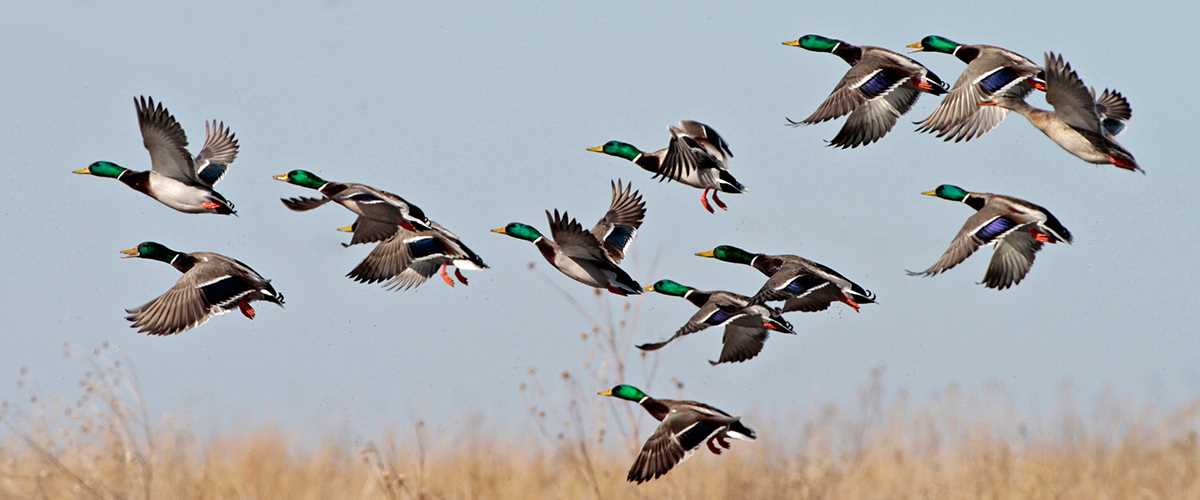Prior to the arrival of the first Polynesian canoes nearly 1,500 years ago, Hawaii's natural wetlands provided habitat for resident and migratory waterbirds. Among the natural wetlands were forested bogs, streams, estuaries, lakes and coastal marshes.
In the two centuries since the first European ships reached the islands, most of the wetlands have been degraded. As early as the 1850s, significant losses in wetland habitat began with the conversion of wetlands to taro and then crops such as rice and sugarcane. More recently, urbanization of lowland, coastal areas, particularly on Oahu, has accelerated the conversion or alteration of wetlands. Most degraded wetland systems are now occupied by hotels, houses, golf courses, shopping centers, landfills, military installations, highways, agricultural fields and industrial sites.
Protection and restoration of Hawaii's wetlands are essential to the recovery of the endemic waterbirds, as well as the migrant waterfowl and shorebirds.
Click here for more information on DU's conservation priority areas.
Related

